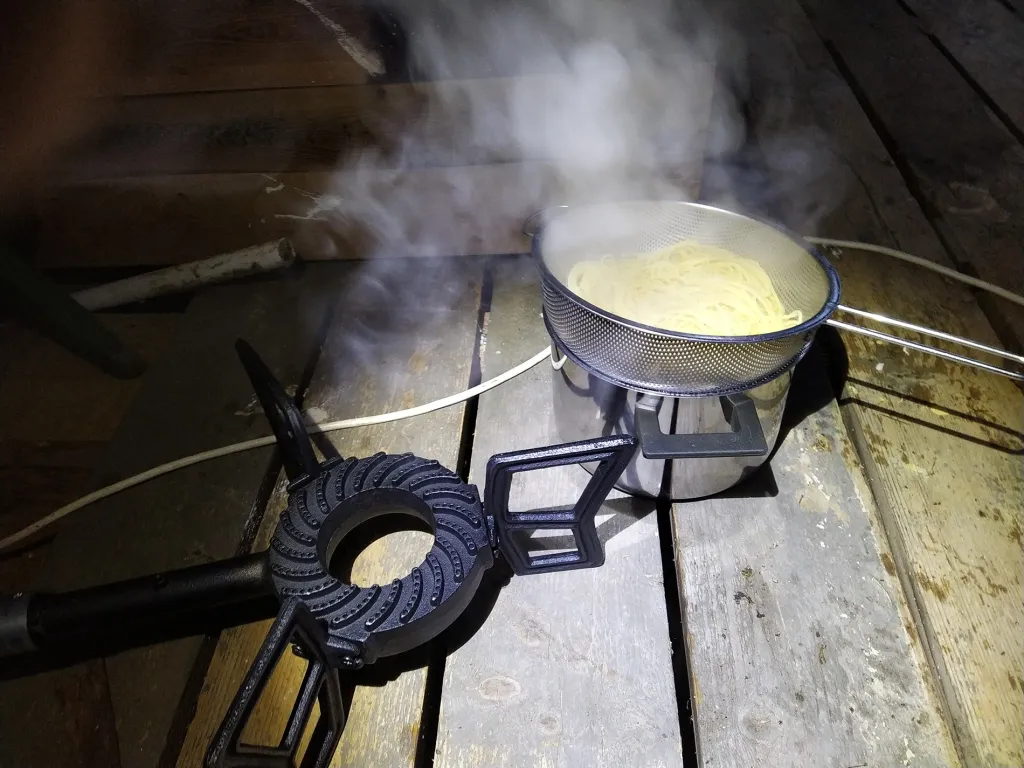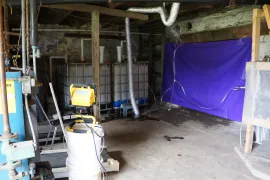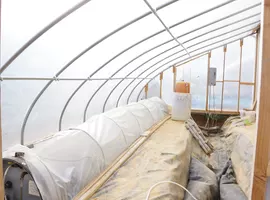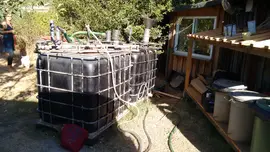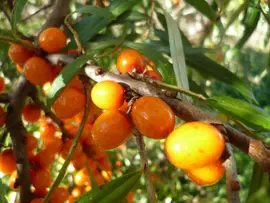Types of regenerative energy
There are several different types of regenerative energy sources, which are also known as renewable energy sources. These include solar power, wind power, hydropower, geothermal energy, biomass and biogas. All of these sources of energy can be used to power an off-grid homestead.
Solar power involves using the energy from the sun to generate electricity. This can be done using photovoltaic panels, which convert sunlight into electricity, or through the use of solar thermal collectors, which use the sun's heat to generate steam, which is then used to generate electricity - or the thermal collectors just heat water (that's in homesteads usually the case). Solar power is a good option for an off-grid homestead because it is widely available and can be easily installed on a small scale.
Wind power involves using the energy from the wind to generate electricity. This can be done using wind turbines, which convert the kinetic energy of the wind into electricity. Wind power is a good option for an off-grid cabin because it is widely available and can be easily installed on a small scale. The only problem is: wind, and its availability at lower altitude. The higher the wind mill - the better.
Hydropower involves using the energy from moving water to generate electricity. This can be done using hydroelectric dams, which use the energy of falling water to turn turbines and generate electricity, or using smaller-scale hydroelectric systems, such as microhydro systems, which use the energy of flowing water to generate electricity. Hydropower is a good option for an off-grid cabin if it is located near a source of moving water. Unfortunately we don't have that at Beyond Buckthorns - simply a lack of free flowing water.
Geothermal energy involves using the heat from the earth to generate electricity. This can be done using geothermal power plants, which tap into underground sources of geothermal energy to generate electricity. Geothermal energy is a good option for an off-grid cabin if it is located near a source of geothermal energy, such as a geothermal hotspot.
Biomass involves using organic materials, such as plant matter or animal waste, as a fuel source to generate heat or electricity. Heat from a wood stove is one of the example for using biomass.
Biogas is produced when these organic materials break down in an oxygen-free environment, such as in a landfill or anaerobic digester. Biogas is made up mostly of methane and carbon dioxide, and it can be used as a fuel for heating or generating electricity.
Articles tagged with Energy
Biogas Part 3 - food, storage and usage
Last part of the Biogas article originally written for Elonkehä. I suggest to read part 1 then part 2 before the article below.
Biogas Part 2 - the DIY digester and process values
Part 2 of our 3 part biogas series. If you haven't read part 1 we suggest to read part one first and then come back here.
Biogas Part 1 - the Basics
In 2017 I wrote an article for Elonkehä about Biogas. The article was first written in English and then translated by Lumia into Finnish. Find this article devided into 3 parts here at Beyondbuckthorns.
Our First Year with Photovoltaics
Last year in August we got our 4.6 KWP photovoltaik on-grid system up an running. Time for some thoughts.
One Year in Finland
23rd of May 2017 came and went. Why is that an important date anyway? Well, it's the one-year anniversary of our life in Finland. On the 23rd of May 2016 my Mum picked us up from the Tampere airport and brought us back to the house, which was… more
We Built Our Own Biogas System
After the successful Biogas workshop at the Parainen permaculture we scheduled another Biogas workshop. This time at our own premises: the Beyond Buckhtorns Permaculture. We had plans to build this DIY Biogas system… more
Biogas Workshop at the Parainen Permaculture
On the weekend of the 28th of April Lumia and I drove down to the Parainen Permaculture, better known as Päivärinteen permakulttuuritila. I was invited by Lotta, who is the owner of the permaculture farm, to run a biogas workshop.

